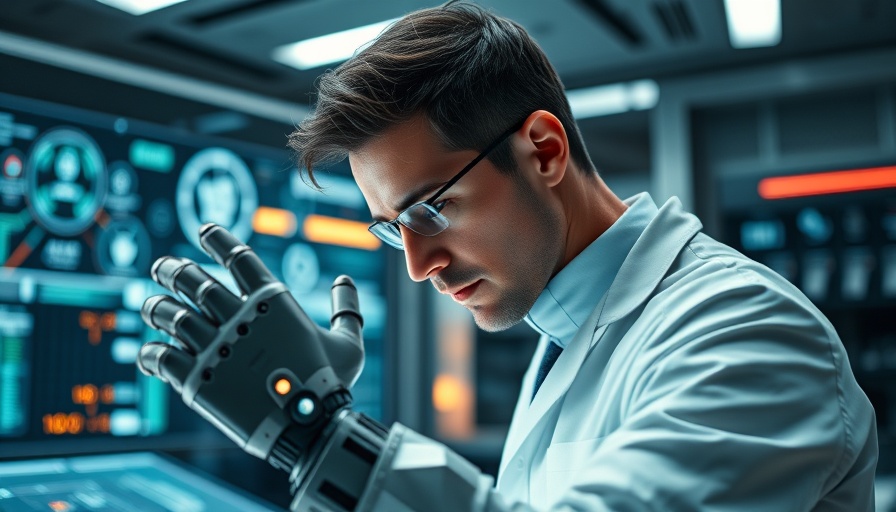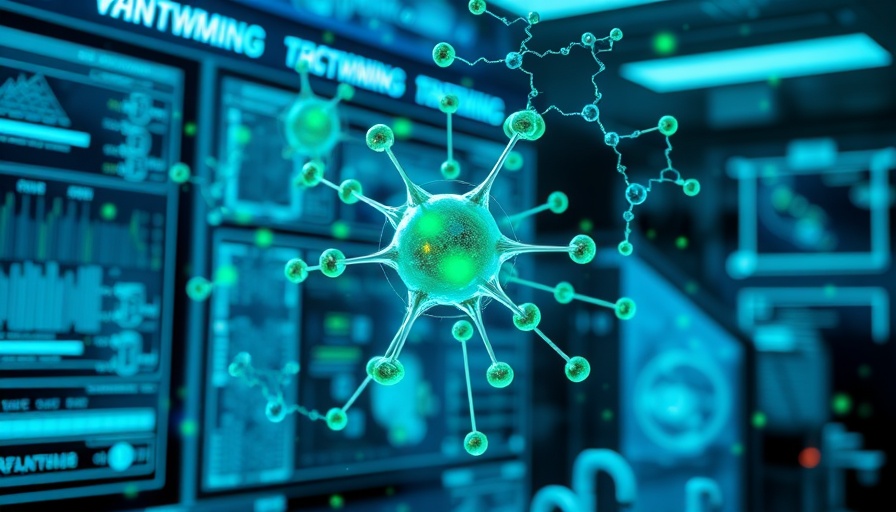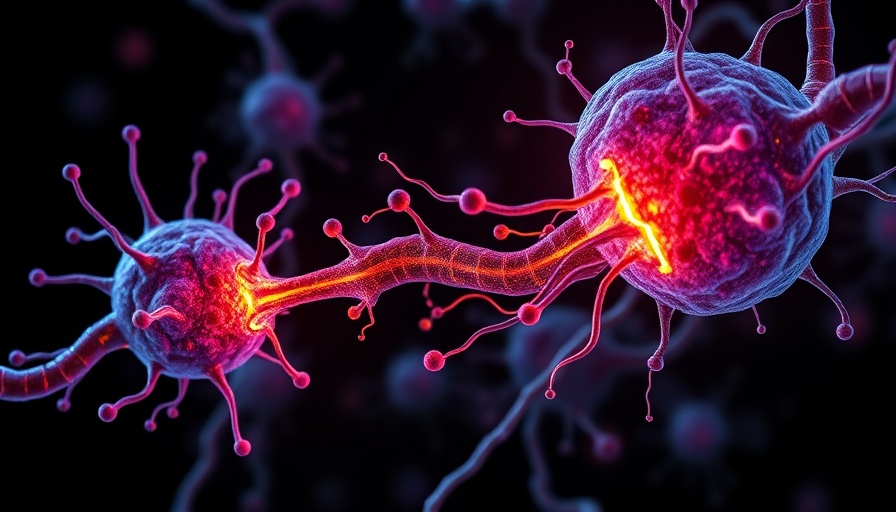
Revolutionizing Prosthetic Control: A Groundbreaking Study
Imagine a world where prosthetic limbs mimic the natural movements of human arms and hands with incredible precision. A recent study from the University of California, Davis, illuminates a promising path towards achieving this goal. By combining two techniques—electromyography (EMG) and force myography (FMG)—researchers have developed a system that significantly enhances the control of prosthetic limbs, making movements such as gripping, pinching, and grasping much more intuitive.
The Science Behind Enhanced Movement
In essence, EMG measures electrical signals produced by muscles when they contract, allowing sensors to register muscle activity. However, this method does have limitations, particularly when it comes to variations caused by arm position and the weight of objects being handled. To counteract these limitations, graduate student Peyton Young and professor Jonathon Schofield experimented with combining EMG with FMG, which measures the mechanical bulging of muscles during contraction. Their innovative approach took a significant leap forward by capturing nuanced muscle movements, resulting in over 97% accuracy in predicting hand gestures.
A Look Ahead: Implications for the Future
This groundbreaking development has far-reaching implications. Enhancing prosthetic technology not only impacts individuals who rely on artificial limbs but may also pave the way for advancements in robotics and virtual reality technologies. Imagine virtual reality interfaces that respond with the same finesse as human gestures, creating an immersive experience that feels both normal and intuitive.
Conclusion: Why This Matters
The findings from this study hold tremendous promise for improving life quality for those using prosthetics. By providing them with devices that can react more naturally, these advancements can foster a sense of normalcy and autonomy in their daily lives. As technology continues to evolve, it’s exciting to consider how these innovations could benefit not just those with prosthetic limbs but various fields connected to movement and technology.
 Add Row
Add Row  Add
Add 




 Add Row
Add Row  Add
Add 


Write A Comment